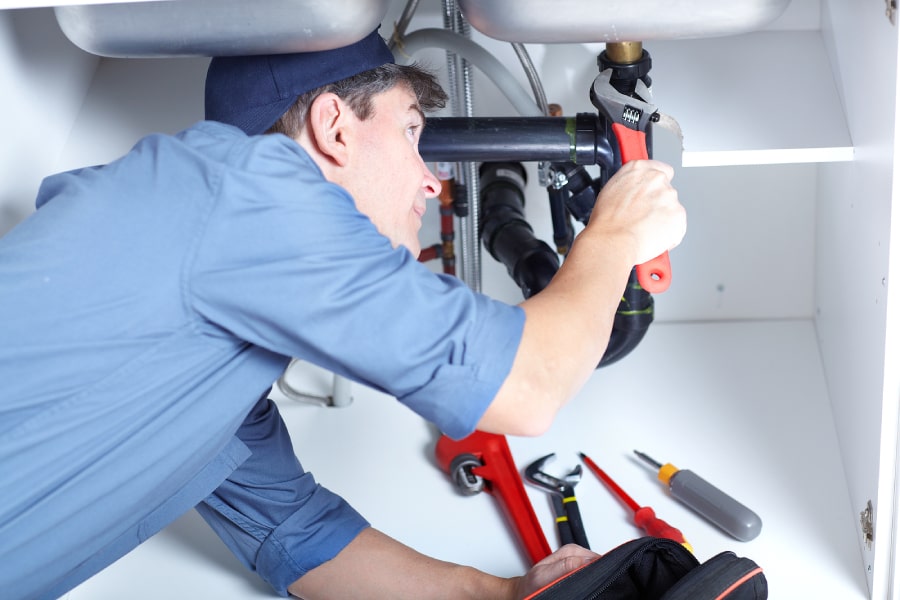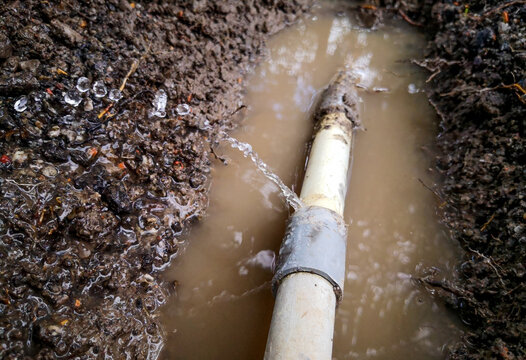Handling a Pipe Burst Situation
Handling a Pipe Burst Situation
Blog Article
Here in the next paragraph you will discover a bunch of decent news concerning 6 Basic Steps to Stop a Burst Pipe from Getting Out of Control.

The immediate action when a pipeline bursts in your property is to go in full panic mode. Do not stress; you are not the only one as most homeowners feel this way, also. After all, this concern can cause considerable house damages.
Though it may be hard to do, remain tranquil as well as collected. Making rash decisions can make the scenario even worse. To aid you out, here are six prompt steps you need to take when dealing with ruptured pipes. Bear in mind, understanding is power so reading up on this prior to it happens will certainly allow you to remain in control also amidst an enormous emergency water leakage:
Conduct a Quick Visual Evaluation
Though your reaction is to shut off the valve today, time out for a while as well as perform a quick visual inspection of the website. Try as well as detect where the water is dripping from. Doing so will enable you to suggest the plumber on what area to take a look at. This less-than-a-minute examination will save you time and also help your plumber promptly identify the root cause.
Shut the Key Water Shutoff
After a quick check, you can currently shut off the major water. Maintaining water running will certainly cause huge damages. The last point you require is major flooding warps wooden floorings or damages home appliances and also furniture. You also want to stay clear of mold growth. Shut off the valve and call the plumber for an emergency examination.
Drain the Pipeline
As you wait for the plumber to get here, drain the water streaming in the pipelines. Simply run your tap as well as purge the toilet to make certain that whatever water is remaining will entirely drain. When you do this, the leak will stop going where it's not expected to be to begin with. With that, the plumber can also function much faster. Simply do not forget to turn off the faucet after the pipes are drained.
Attempt a Do It Yourself Pipeline Repair
If you've obtained handyman skills, do a minor repair like sealing off a small fracture. You can get piping sealant to make quick fixes. Beware with the application, so you do not aggravate any troubles. If you need to tighten a few nuts and screws, withstand the urge to over-tighten as this can cause leaks down the line.
Get Rid of Any Kind Of Standing Water
Don't allow any standing water sit for as well. It will cause even more damage if water permeates into your floors or carpeting. You also don't desire it to flow right into vital products like electronic devices. Tidy up the water as well as dry the area off promptly. If you have electric fans, keep them going to flow the air and promote faster drying out.
Call a Dependable Plumber
If you feel unclear regarding your skills to fix a tiny crack or small leak, it is best to call an expert plumber. When it concerns repairs, they have the understanding, skills, devices, as well as experience to get things done quickly. Playing with pipes is not a joke as it can result in more difficulties if done improperly. Finding a respectable plumbing service guarantees your water leak is dealt with effectively and also efficiently.
A Frozen Pipe Has Burst, What Are The Next Steps?
How to Tell if Pipes are Frozen
It’s important to catch frozen pipes early to prevent damages. Typically, you will be able to boost your thermostat or talk a professional plumber before any damage occurs. However, here are a few signs that will help you identify if your pipe is frozen.
No Water – An obvious sign that you have frozen pipes is if there’s a complete lack of water coming from your faucets or fixtures. Frost – If you can gain access to view your pipes, check to see if there is visible frost on them. Take note of which parts of the pipe has frost. Smell – If your pipes freezes, it will block food and waste down your drain, causing a backup and your room to begin to have a bad smell. How to Tell if a Frozen Pipe has Burst
Inspect the Inside of the Building. Go through each area of the building and look for actively dripping water and signs of water damage. Examine any exposed pipes and check them for frost or condensation. Especially keep an eye on rooms such as bathrooms, kitchens, laundry rooms, and unheated areas of the building. Turn on the faucets and flush your toilets. Ensure they are working and the water has no discoloration or smell to it. If there is only a slow trickle of water coming out, or no water at all, this might mean a frozen pipe has burst. Check your water meter. If all fixtures in the building are off and it still shows movement, this could be a sign of a burst. Check the exterior of the building. Look for water building up anywhere out of the ordinary, or sinkholes in your yard. Remove Water Right Away
It is important to clean up water right away to prevent mildew and mold buildup. You will need towels, buckets, mops, and a wet/dry vacuum. Do not wait for the plumber to remove the water for you, the longer you wait the more likely it is that you’ll get mold or severe water damage.
Avoid Extreme Temperatures
First off, make sure the temperature in your home is no lower than 55*F. If you are going to be gone for a long time, turn off your water with the shut off valve to prevent freezing and bursting.
Don’t Leave Still Water in Pipes
When the weather gets too cold, you should let water drip from your faucet. While the dripping might be irritating, this will help prevent water from freezing. You can detect a frozen pipe if the faucet stops working, or the toilet doesn’t refill.
Taking Precautions with Frozen Pipe Damage
A burst pipe is one of the most common issues people face at home. There can be a number of reasons why pipes burst in harsh climate conditions such as extremely cold temperatures. Low to freezing temperatures can freeze the pipes, causing there to be frozen pipe damage and leading them to burst. Regardless of the type of pipes – whether they be metal or plastic, they can still expand or burst and cause water damage to your home. A burst pipe also requires a significant amount of costs in repairs. This is why it’s important to take all the safety measures to prevent pipes from bursting.
Below are some frequently asked questions and helpful steps to take to safely solve any problems you may be experiencing with your pipes at home.
What to Do When a Pipe Bursts:
Turn off the main water supply Contact a professional Quickly remove and clean excess water to avoid further water damage. Take pressure off pipes by draining the faucets Circulate warm air in your home to slowly thaw pipes Use a repair sleeve to temporarily cover the damaged area of the pipe https://jenkinsrestorations.com/frozen-pipe-has-burst-whats-next/

Do you really like more info about 6 Basic Steps to Stop a Burst Pipe from Getting Out of Control? Place a remark below. We will be delighted to hear your feelings about this piece. We are looking forward to see you back again later on. Do you know about another person who is serious about the subject? Please feel free to share it. Thank you for taking the time to read it.
Explore Now Report this page